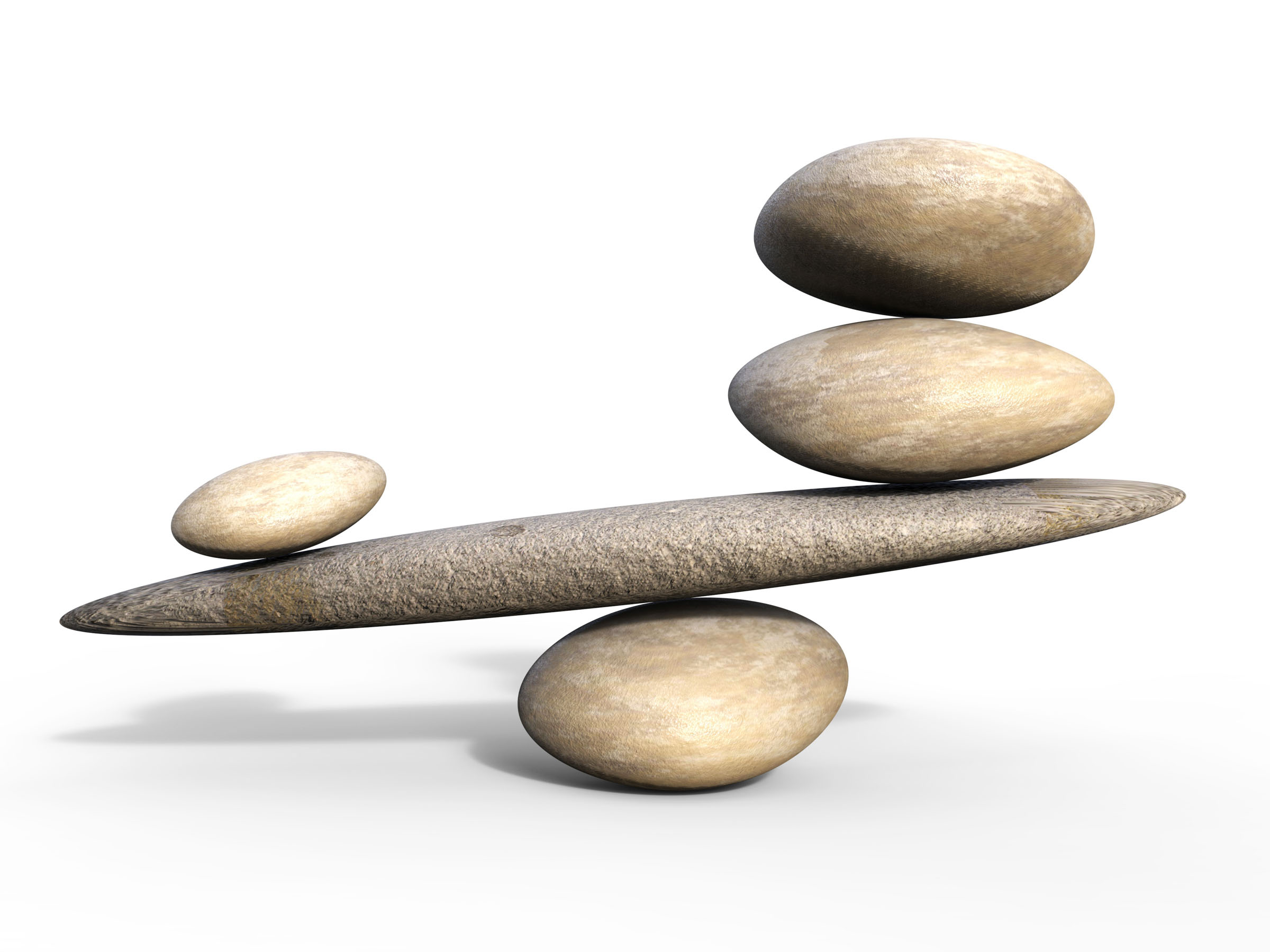There was a time not long ago that I would write a week’s worth of lesson plans at a time. On Friday I sat down (with my textbook teacher’s edition) and planned out the next week’s lessons, pulling the support materials, and then following the set plan. Since making the shift to teaching for proficiency, I’ve found that, for me, that practice had to be left behind along with my 15 year old textbooks. I find that by following a thematic unit, and planning a lesson at a time, I am able to be more responsive to the children’s needs and language development. But, it’s more work and has required a shift in how I use my planning time. I am in the process of writing units, and a normal teaching day involves 7 classes spanning an age range of 7-14. Truly, I love teaching the various levels, but at the end of the day, working with a rapid fire class schedule, there’s never enough time and something is often missing: Reflection.
It’s this piece that is often left off in the time crunch, but it’s so, so important to me. Reflection is when I can assess how effective (or ineffective) my unit/lesson/interaction was, and think about what comes next.
When I leave it out, I feel at sea, disconnected and as though I’m just plowing through (often!).
How do I address it? Well, I’m still working through it. I want to get better at it, and here’s what I’ve done so far:
1) Keep a notebook for jotting down thoughts after a class or at the end of the day.
This works for some of my colleagues, but for me, I had a hard time finding specific reflections on lessons or children, and then the notebook became where I wrote to-do lists. So, I discarded this method.
2) Build reflection into the planning process.
I’m using the unit and lesson plan forms from The Keys to Planning for Learning by Laura Terrill and Donna Clementi (I’m using the electronic versions so I can search them easily on Google Drive). At the end of the lesson form, there’s a place to reflect on what worked, what didn’t and what to do next time. This is working for me, and was just what I needed to be able to find my notes and reflections on specific lessons. Due to my schedule, I am not able to sit down and write about every class, every day…but I’m working on it! I like that it’s built into my lesson planning process and I’ll be able to revisit it next time I present that lesson or activity.
3) Blogging
The act of writing in the lesson plan is helpful, but blogging and tweeting (microblogging) allows me to participate in dialogue with other teachers about my practice and theirs. Colleagues in my PLN reflect back to me and provide thought provoking questions, and sometimes, the gentle words that I’m not always able to give myself.
4) I ask the children about how they’re doing.
I can’t believe that I’ve taught for so long, and have only now started doing this—I’m holding to the “better late that never” school on this one. I’ve started asking the children to reflect on how they’re feeling about their growth (yes—in elementary I talk to the children about proficiency—we use the ice cream cone rubric from Alyssa Villarreal’s post), whether they understand what’s happening, or how they feel about the work we’re doing (does it feel too challenging, just right, too easy?). In their reflections, I’ve found a win-win—they’re developing awareness and agency in their learning, and helping me to reflect on their learning. At the end of the day, I can sit down and flip through their note cards and think about the day’s work and about their language development generally. While this is new to me, I think it’s a breakthrough moment in my teaching.
It’s in reflection that I really think about the children. How are they in class? What’s working for them? What were those great “ah ha” moments? What did they hate or not engage with? How did I respond in those situations? This is a piece I’m willing to struggle with and work toward figuring out. It’s how I’ll get better at what I do. How do you reflect on your practice?
